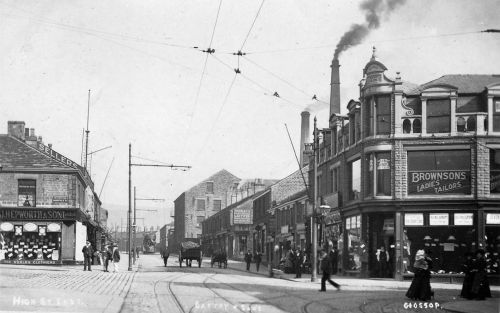
Looking up High Street East from a postcard posted in 1906. |

Looking up High Street East from a postcard posted in 1906. |

Tram hired by Squire Sellers outside his shop on 20 August 1903. |

O'Neill advertisement, Glossop Advertiser 30 December 1932. |
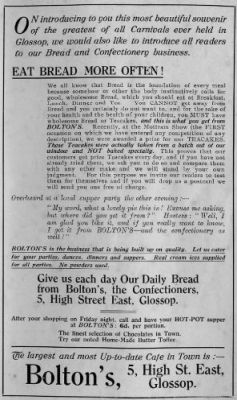
Bolton's advertisement, 1928. |
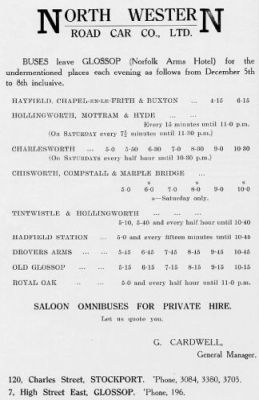
North Western advertisement, 1928. |
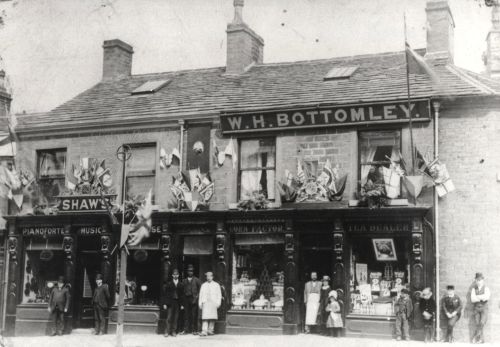
9 and 11 High Street East decorated for the Jubilee in 1887 |
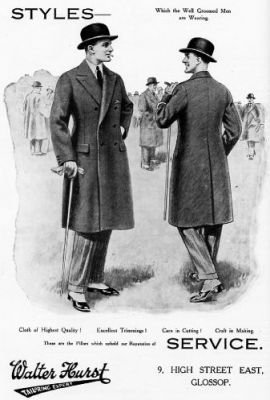
Walter Hurst advertisement, 1928. |
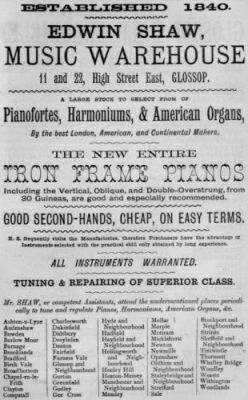
Edwin Shaw advertisement, 1878. |
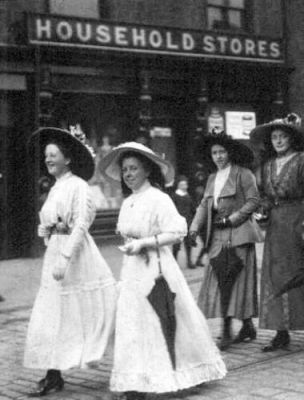
Church procession outside Household Stores ca 1908. |
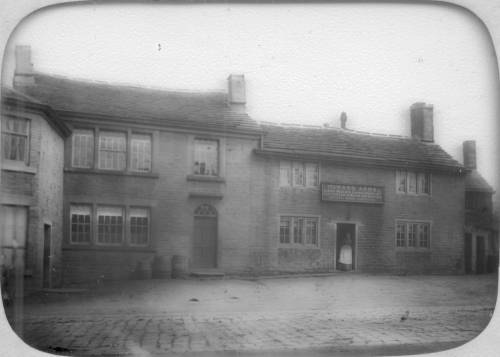
Howard Arms; the sign above the door shows James Beeley as licensee (1860-1885) |
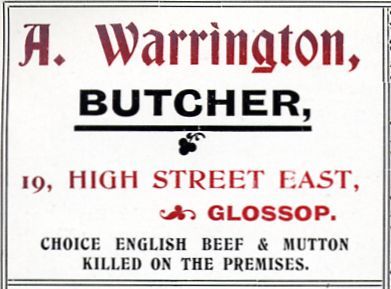
Albert Warrington advertisement 1904 |

John Ford advertisement 1878 |
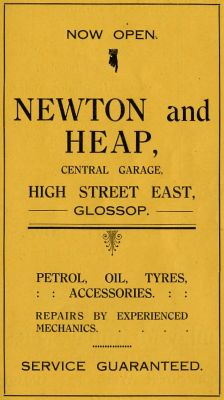
Newton & Heap advertisement 1927 |